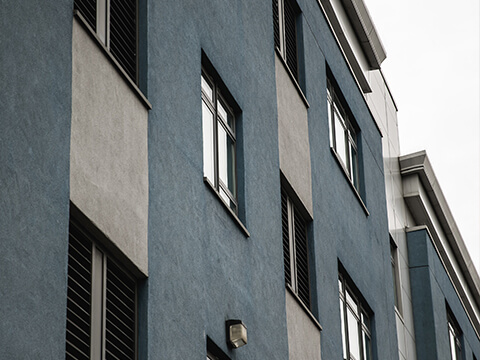 While everyone was impacted by COVID-19 this year, getting the nation back to work requires thoughtful guidelines and processes. Not all commercial general contractors and developers were completely shut down during the pandemic, but did experience significant setbacks and reduced operations. As municipalities and government officials are regularly communicating their phased approaches to re-opening businesses, it is important for commercial developers to have a plan on the best way to restart their projects. A one size fits all approach won’t work for every business, as there are different variations in projects, locations and other factors that require specialized approaches. However, strategically guiding your real estate projects to adjust in these trying times requires stakeholders to assess, reset and restart.
While everyone was impacted by COVID-19 this year, getting the nation back to work requires thoughtful guidelines and processes. Not all commercial general contractors and developers were completely shut down during the pandemic, but did experience significant setbacks and reduced operations. As municipalities and government officials are regularly communicating their phased approaches to re-opening businesses, it is important for commercial developers to have a plan on the best way to restart their projects. A one size fits all approach won’t work for every business, as there are different variations in projects, locations and other factors that require specialized approaches. However, strategically guiding your real estate projects to adjust in these trying times requires stakeholders to assess, reset and restart.
-
ASSESS – UNDERSTAND SETBACKS
Before jumping back into your projects, it is important to take a moment to assess the following items:
- Status of project upon work stopping.
- Communicate with project team members to understand how their operations were impacted by COVID-19.
- Assess the scope and financial impacts to the project.
- Review existing contractor agreements with legal and amend as needed.
Many projects were hastily stopped due to the pandemic. It is important to assess the project to understand where it needs to resume. Commercial general contractors should analyze the timelines, deliver schedules, available materials and equipment and collaborate with team members. Another consideration is that most contracts have clauses to protect you from liability due to natural disasters and pandemics, however contractors and developers are still responsible to mitigate delays as much as possible. Reviewing and assessing agreements is an important step to getting back on track. Agreements should be amended if necessary and relevant action steps should be carefully documented.
-
RESET – AWARENESS OF AGREEMENTS
During the reset process there are important steps to take which include:
- Confirm that there is an understanding and that there are guidelines in place from the landlord and/or commercial general contractor.
- Plan for the re-entry of workers and employees onto the work site.
- Create updated project schedules and budgets.
After a thorough analysis of the setbacks, developers should verify that there are guidelines in place from the commercial general contractors and/or property owner. This will help provide a safe working environment before workers are brought back onto the job site. In addition, part of the plan for workers and contractors to resume their work includes verification that their workforce is still intact. Some workers may have moved or taken other jobs so this is an important step to ensure that the task can still be completed with skilled workers. If suppliers and subcontractors are not fully up to speed yet, then this factor needs to be accounted for in the project timeline. Material and equipment delays should also be evaluated and factored into project timelines. Now is the time to source backup vendors to help alleviate delays.
-
RESTART – GAIN CONFIDENCE IN YOUR PLANS
After the assessment and reset, it is then time for developers and contractors to restart their projects. This phase includes:
- Coordination with the project manager to review the revised project mandate.
- Work with team members to implement the updated plan.
- Establish milestones to help identify ways to expedite, regularly acknowledge supply chain impacts and adapt to any changes.
CONSIDER A BACKUP PLAN IN CASE OF A RESURGENCE
While hopefully the worst of the pandemic is behind us, commercial general contractors and developers should prepare a contingency plan just in case the pandemic returns later this year. Now that we know the potential restrictions and issues that arise from a shutdown, planning now will enable them to operate as efficiently as possible.






